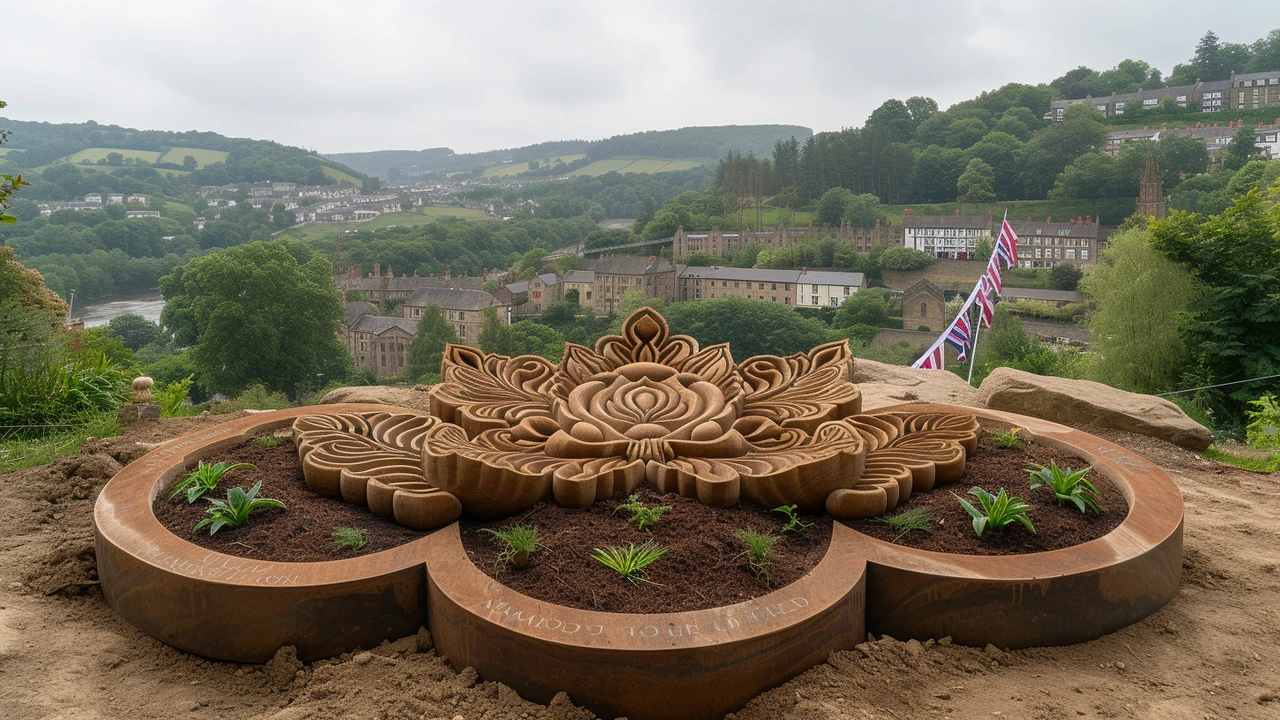Outdoor Sculptures: Smart Choices for Materials, Placement and Public Impact
Seen a sculpture that instantly made a park feel alive? Outdoor sculptures do that on purpose. They shape how people move through a space, invite photos, and can even change how a neighborhood feels. This short, practical guide helps you pick materials, place a piece well, and avoid common mistakes that ruin good work.
Materials & weatherproofing
Pick materials that fit the climate and the idea. Bronze ages well and builds a patina that many artists like, but it needs a solid base and periodic waxing. Stainless steel resists rust and works for mirrored or polished looks, though fingerprints and scratches show up. Corten steel gives a rustic, stable rust finish but needs careful detailing to stop runoff staining nearby surfaces. Stone and concrete are heavy, low-maintenance choices for permanent works. Modern resins and composites let you make light, complex shapes, but they need UV-stable coatings and regular checks for cracking.
Think about fasteners, anchors, and drainage from day one. Anchor bolts should be sized and tested by an engineer for wind and human interaction. Provide drains or slope bases so water doesn’t pool and freeze at the sculpture’s foundation. Use clear protective coatings designed for outdoor use and set a maintenance schedule: a quick visual check every season and a detailed inspection annually will extend life and cut long-term costs.
Placement, scale & rules
Scale matters more than many expect. A small, intimate piece works near benches or pathways; a massive work needs distance and clear sightlines so viewers can take it in. Match the piece to the setting: contemporary forms can energize plazas, while natural materials fit parks and garden spaces.
Check local rules early. Most cities require permits, engineering sign-off, and sometimes public hearings for permanent installations. Safety standards cover sharp edges, climbing risks, and ADA access. Factor in insurance, vandal-resistance, and how the piece will be removed or restored later. Temporary installations have simpler rules but still need clear plans for anchoring and safe public interaction.
Lighting and interaction make a piece work 24/7. Low-voltage LED uplights highlight texture and create evening drama. Consider motion sensors or timers to save energy. If you want interaction—seating, touchable surfaces, or integrated sound—design those experiences so they’re durable and easy to clean.
Finally, involve the community. Public support reduces vandalism and increases use. Host a reveal event, work with local schools, or place explanatory plaques that tell the story. Want deeper context? Read our articles on Land Art’s role in urban design and Installation Art techniques for ideas that connect sculpture to place and people.
Follow these basics—right material, smart anchoring, proper permits, and thoughtful placement—and your outdoor sculpture will be both striking and long-lasting.

